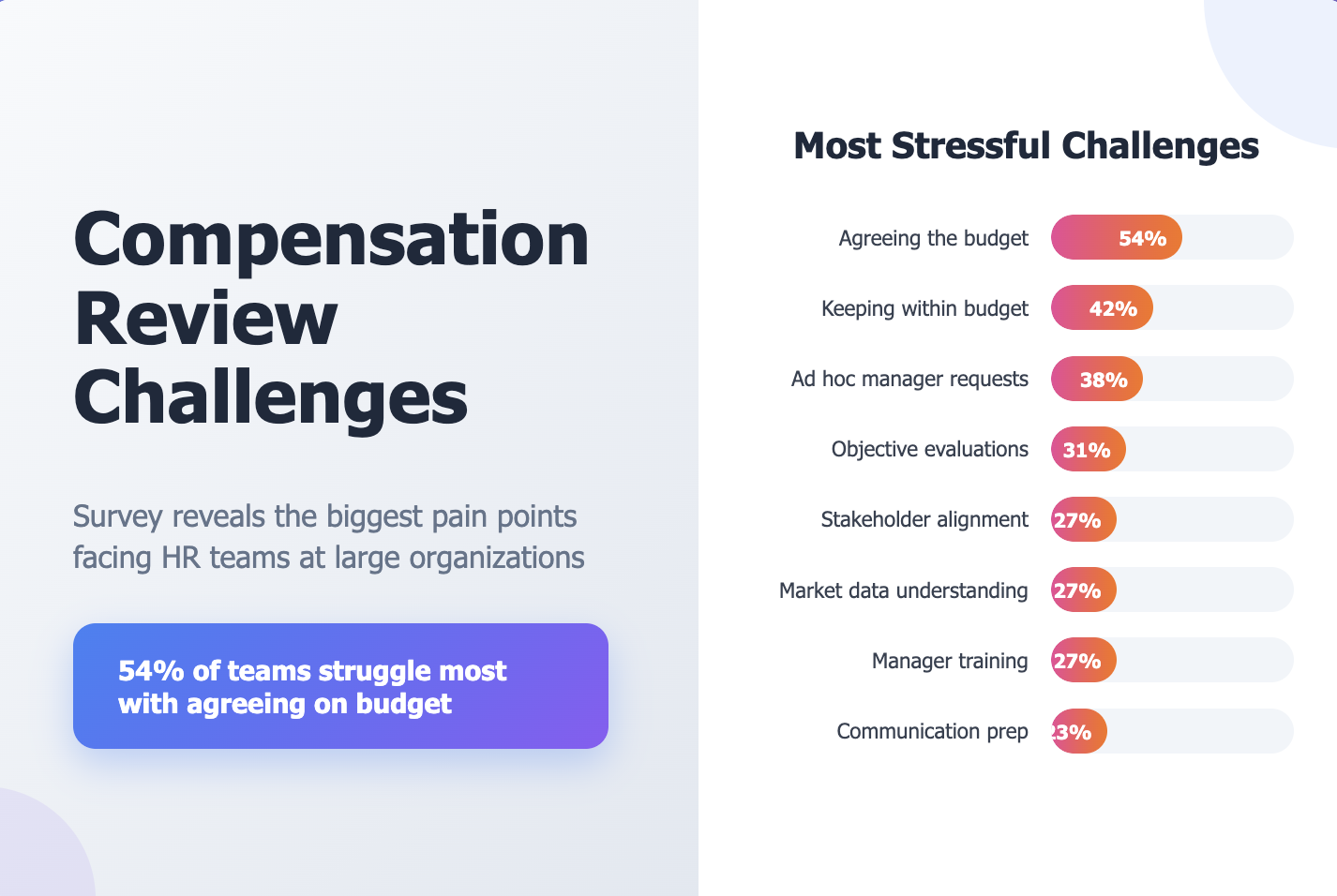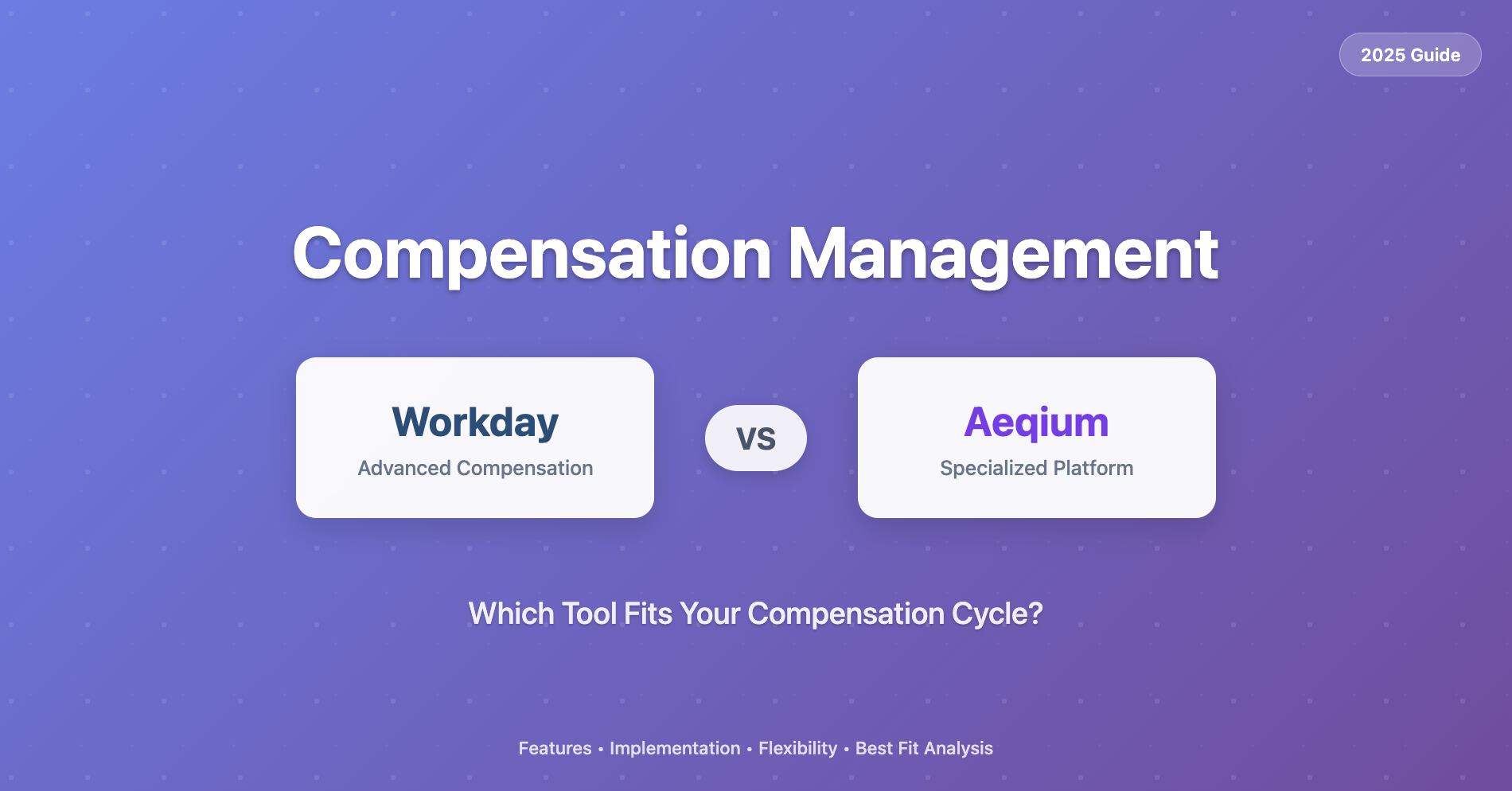Pay Transparency: A Comprehensive Guide for Modern Workplaces

Navigating the Challenges of Pay Transparency
Every HR professional faces the complexities of pay transparency, a topic that has transitioned from a niche discussion to a central issue in modern workplaces.
To gain deeper insights, we spoke with Justin Sun, Senior Manager, Global Rewards at Expedia Group, who shared valuable perspectives on current trends, employee expectations, and strategic approaches to pay transparency. From its impact on employee morale to its role in attracting and retaining talent, transparency is reshaping compensation discussions.
The Shift Towards Pay Transparency
Pay transparency is no longer an option—it’s an expectation. Legislative changes, such as the European Union pay directive set for 2026, require companies to disclose pay ranges and average pay levels by gender, reinforcing the demand for greater pay equity and accountability.
Companies worldwide are responding by unveiling compensation structures once kept confidential. This shift reflects growing employee demands for clarity on pay scales, performance-based compensation, and career progression opportunities.
Employee Expectations Around Pay Transparency
Modern employees expect clear insights into how their pay compares to peers. According to Justin Sun:
“You can't promote fairness among employees if they don’t understand why they’re paid what they’re paid or believe in the methodology behind your programs.”
Pay transparency helps employees grasp:
- The rationale behind their compensation
- How they can progress financially and professionally
- The company’s commitment to fairness and equity
A SHRM study, found that 73% of U.S. employees trust their employers more when pay ranges are disclosed, reinforcing the strategic importance of transparency in building organizational trust.
Implementing Pay Transparency: Where to Start?
For companies considering pay transparency, Justin advises:
1. Assess Your Job Architecture
Before making salaries public, HR teams must standardize job levels, functions, and language across business areas. This consistency ensures pay transparency doesn’t create confusion or disparity.
2. Secure Leadership Buy-In
Leadership plays a pivotal role in endorsing pay transparency initiatives. Without executive commitment, transparency efforts may stall or lack credibility.
3. Train Managers to Communicate Effectively
Empowering managers to clearly explain pay structures fosters employee confidence and engagement. Managers should be equipped to discuss:
- How pay decisions are made
- The factors influencing raises and promotions
- The company’s commitment to pay equity and fairness
The Cost of Ignoring Pay Transparency
Lack of transparency can have legal and reputational consequences. A prime example is the Google gender discrimination settlement, where over 15,000 female employees received a $118 million payout due to pay inequities.
This case serves as a stark reminder that:
- Unaddressed pay disparities can lead to lawsuits
- Proactive pay transparency measures reduce legal and reputational risks
- Fair pay practices enhance employee trust and retention
Building a Culture of Trust and Fairness
At its core, pay transparency cultivates trust. To reinforce this, organizations must:
- Conduct regular compensation audits
- Adjust pay structures to eliminate disparities
- Encourage open discussions about pay and performance metrics
“Transparency with compensation is an opportunity to open the curtains and build trust between employers and employees.” – Justin Sun
Pay Transparency as a Competitive Advantage
Pay transparency is not just a compliance requirement—it’s a competitive differentiator.
1. Attracting the Right Talent
Job seekers are increasingly drawn to listings with pay ranges. Justin explains:
“By including salary bands in job postings, you're filtering out candidates with misaligned expectations.”
2. Enhancing DEI & Employee Retention
Transparent pay policies support diversity, equity, and inclusion (DEI) initiatives and help reduce turnover. The Adobe Future Workforce Study reports that 85% of employees (especially Gen Z) value pay transparency.
3. Strengthening Company Reputation
Organizations leading in pay transparency are seen as fair, ethical, and employee-centric, boosting brand reputation and employee engagement.
Embracing Pay Transparency for a Stronger Workforce
Pay transparency is a powerful tool for shaping a more equitable, engaged, and high-performing workplace. Companies that proactively adopt transparent compensation strategies position themselves as employers of choice in competitive job markets.
📊 Want to learn how Aeqium can help you implement pay transparency? Explore our tools for compensation planning, salary benchmarking, and pay equity analysis today!
➡️ Take a product tour now!




